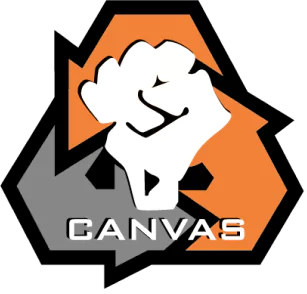Sep 1, 2005-2006
Belarus
Denim Revolution
Share
ACTIVISTS/ACT.GROUPS/DESCRIPTION OF THE GROUP
youth group Zubr
TARGET
Belarus government
WIDELY HELD BELIEF
Human rights and media rights should be protected. Everyone has a right to protest against an oppressive regime.
CASE NARRATIVE
Issue and Opponent: Since 1994, Belarus has been firmly under the control of President Alexander Lukashenko. Lukashenko was elected to lead Belarus in 1994 after the collapse of the Soviet Union three years earlier. Known as Europe’s last dictator, Lukashenko has maintained power in Belarus through a pattern of repression and an assault on civil society. In the early 2000s, Belarusians generally lacked a free press or the right to free speech. Criticism of the Lukashenko regime could lead to a three-year prison sentence. Protesting was classified as a criminal act, and protesters could face up to eight years in prison or even the death penalty for terrorist activity against the regime. Surveillance and targeting of activists were widespread, and opposition leaders would occasionally disappear after being taken by authorities. Although there was popular discontent with the Lukashenko regime among many Belarusians, the high personal cost of protesting made resistance difficult.
Dilemma Action: Denim first became a symbol of the anti-Lukashenko opposition in September 2005. Supporters of the Belarusian democratic party had gathered in protest after their party leader, Dmitri Pavilchenko, disappeared and was assumed to be detained by authorities. In an attempt to silence the protesters, riot police at the scene confiscated the protesters’ red and white democratic party flags. After having his flag confiscated, protester Nikita Sasim, from the youth activist group Zubr, created a new symbol for the opposition when he tied his denim shirt to a stick and waved it like a flag. Denim quickly came to represent the opposition. The overt American association of denim symbolized that Belarus was not isolated from the West and could aspire to have the same democratic freedoms as many Western countries. In addition, wearing jeans was a subtle and low-risk symbol of resistance that was easy for Belarusians to adopt in their daily life. Protesters clad in denim gathered on the 16th of every month through the autumn and winter of 2005 to show their opposition to Lukashenko’s repressive regime. The Denim Revolution culminated on March 19th, 2006, when more than 5,000 protesters camped in Minsk’s October Square to protest the fraudulent presidential election. Activists and opposition politicians endured freezing temperatures for five days to demand a new, fair election. By wearing denim at protests and in their daily lives, Belarusians created solidarity within the opposition and drew attention to the repressive regime with simple symbolism.
Outcomes: The Denim Revolution protests that began in September 2005 and continued through March 2006 drew widespread international media attention. Western media outlets were especially keen to cover the popular resistance against Lukashenko and the symbolism of jeans as a connection to the West. However, the Denim Revolution was not successful in reforming the repressive government or calling for a new presidential election. Instead of trying to ban denim altogether because of its symbolism, the Belarusian government focused on crushing the protests. During the March 2006 protests over the fraudulent election, security forces prevented food and supplies from reaching the activists and closed all the shops in October Square. After five days of protests, riot police brutally broke up the demonstrations. A new election was never called, and Lukashenko maintained his grip on power. A massive wave of anti-Lukashenko protests in August 2020 shows that Belarusians have continued to advocate for more democratic elections and increased freedoms in the face of repression.
PRIMARY STRUGGLE/GOAL
NONVIOLENT TACTICS USED
DA TACTICS USED
Displays of flags and symbolic colors
CASE NARRATIVE WRITER
SUCCESS METRICS
8 / 12
(MC) Media Coverage
(MSYMP) Media coverage was sympathetic to the activists
(OR) Opponent response
(PS) Dilemma action built sympathy with the public
(PUN) Punishment favored the activists
(REFR) Dilemma action reframed the narrative of the opponent
(RF) Dilemma action reduced fear and/or apathy among the activists
(SA) Dilemma action appealed to a broad segment of the public
PART OF A LARGER CAMPAIGN
2 / 3
Encouraged more participants to join the movement
Internally replicated by the same movement
RESOURCES
Project documentation
Dilemma Actions Coding Guidebook
Case study documentation
Dilemma_Actions_Analysis_Dataset
SOURCES
Wilson, Andrew. 2011. “THE THIRD TERM: THE EDIFICE CRUMBLES.” Yale University Press. Retrieved July 22, 2023. (www.jstor.org/stable/j.ctt1nq3z1.16).
Sector, Charlotte. 2006. “Belarusians Wear Jeans in Silent Protest,” ABC News. Retrieved July 22, 2023. (https://abcnews.go.com/International/story?id=1502762).
Shuck, David. 2014. “Remembering Belarus’s Denim Revolution,” Heddels. Retrieved July 22, 2023. (https://www.heddels.com/2014/08/remembering-belaruss-denim-revolution/).
Conan, Neal. 2006. “The Political Future of Belarus,” NPR. Retrieved July 22, 2023. (https://www.npr.org/transcripts/5297471).
Related cases
Apr 30, 2009-2009
Kenya
From 2007–to 2008, Kenya went through a crisis after the reelection of Mwai Kibaki in the December parliamentary election. Kibaki’s victory in this election was marred...
/
Oct 1, 2011-2011
Syria
The escalation of crimes and killings of civilians by the government of Bashar al-Assad provoked protests, especially among the young population of Syria. Following Ru...
/
Jan 26, 2020-2020
India
Issue and Opposition: PM Modi and his party (BJP) are accused of being right-wing Hindu conservatives nurturing anti-Muslim sentiments and formulating anti-Muslim poli...
/
Subscribe to our newsletters to get full access to all materials on our website.

